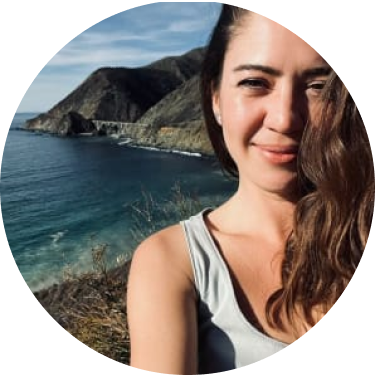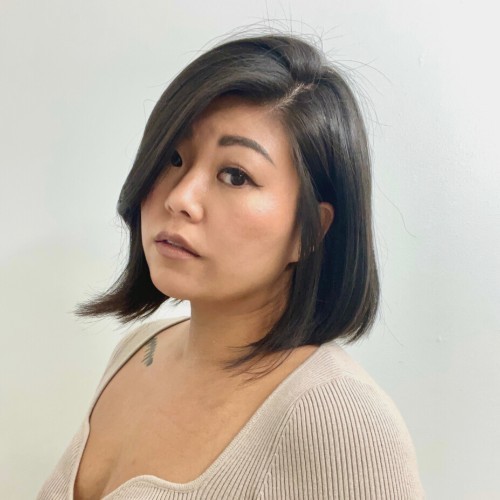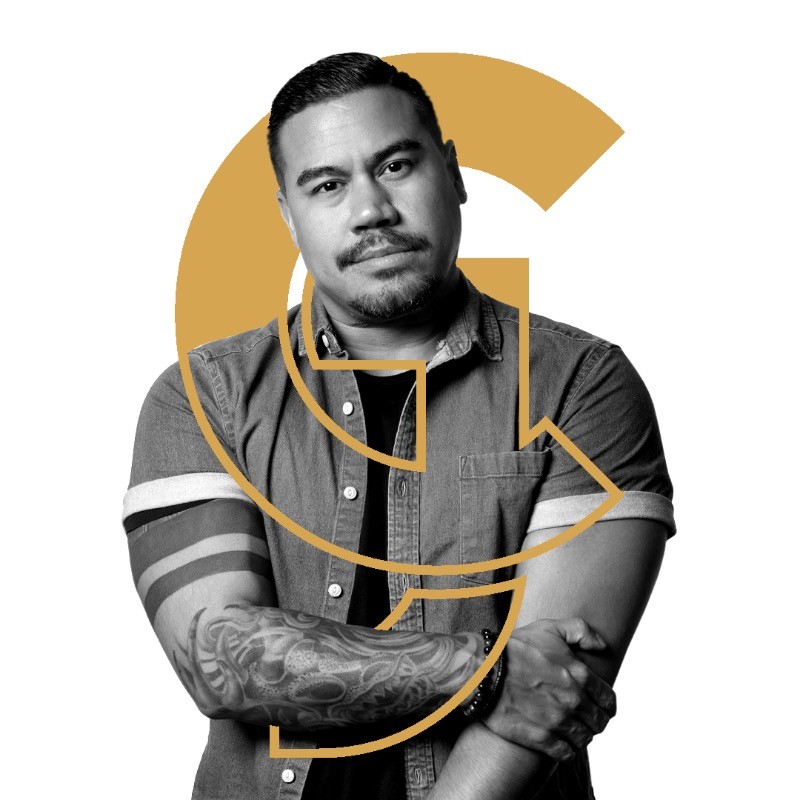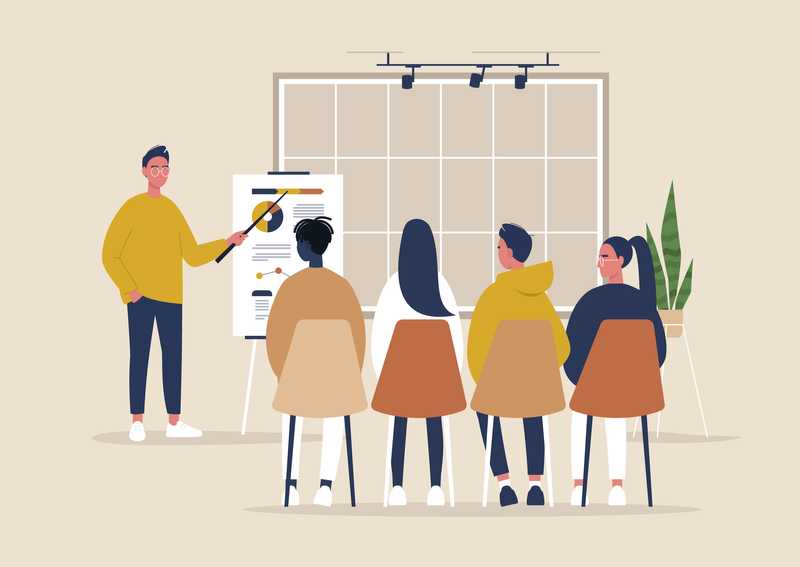Free UX Design Course
Dive into UX design with our free starter course. Transform your creative ideas into user-friendly solutions.
Adobe UX Designer (and Springboard mentor!) Karen Ko has a fascinating job: she works on the Creative Cloud Desktop application and Creative Cloud libraries. But a couple of years ago, she was just another applicant from a UX Bootcamp program.
In our latest YouTube video, we asked her to answer some common UX Design interview questions. Learn about how she would answer them below. Also read about UX interview tips to help you nail your upcoming interview.
If you’d like to meet Karen and other Adobe UX/UI designers in person, come by the Springboard + Adobe event in San Francisco on February 19th.

How did you get started in UX design?
I had the intention of being in the healthcare field when I was studying in college. I was taking a lot of the health classes, and science courses, and I was actually in the field for almost three years. I was an analyst, and I was doing a lot of data work, and I found that something was missing. I wanted to do something a little bit more creative. I started soul searching, and then at the same time, I was always volunteering to design newsletters. I just thought it was really fun. So, I knew there was something there, but I didn’t exactly know what.
I just started looking around at what other jobs or careers were out there, and then I found UX design. And then the more I learned, the more fascinated I was. I just couldn’t really get it out of my head. I loved how it was a very methodical process, research-driven, and ultimately just trying to help people create the best experiences. It took me a while, but I just kind of contemplated and realized that this was what I was meant to do. So, I quit my job and enrolled in a UX Bootcamp. And from there on, I tried to learn as much as I can — all the methods and the principles. I had such a great time. And that’s how I knew I wanted to be a UX Designer.
What is your design process like?
My design process is usually broken down into three parts. There’s the research part, the design, and then iteration.
Before I start any project, I do a lot of research, and that depends on whether there’s a user researcher or not. If there is, then they would do a lot of the research upfront and then I would just design. But then if there isn’t, then I would do a lot of competitive analysis, do a lot of market research, and try to figure out what are some of the things that are already working, so I don’t need to reinvent the wheel. A lot of it is just looking at the existing products. What are some of the trends? What are some of the products that are already working well?
I would come up with a couple of design concepts, and then get feedback from my stakeholders. And that includes the PM, engineers, and my teammates. And then we’ll get feedback, and iterate, and then try to do research and tests to see if this design actually makes sense. Is it actually an improved experience? From there, we would just keep learning and keep iterating. That’s the ideal process.
Get To Know Other Design Students
Sinem Ozkaya
UX Designer at Microsoft
Jenny Kim
Content Creator/influencer at Self-employed
CJ Hernandez
Senior Designer at StellarFi
What is a recent project that you were challenged by? What was the problem and how did you approach it?
A project that I’m currently working on is improving a search experience for this library’s panel in Adobe Product. What I have to do was try to come up with a new search experience for our users and customers. That was particularly challenging because we didn’t really have a lot of research implemented in our process yet. That was something that our team knew that we wanted to improve on.
But at the current moment, we don’t really have a dedicated researcher. So I went on Twitter, and I tried to be really proactive, and try to recruit users that way. I just tweeted, “Hey, are there any Creative Cloud Library users? I would like to talk to you.”

From there, I actually learned a lot from our customers – who they were and how they worked.
This was particularly challenging because I didn’t know who these people were that I was designing for. But I tried to be creative, and be resourceful, and just try to figure out how I can just talk to people. Because when you talk to people – and understand their workflows – you can enhance your designs by tenfold. We’re trying to bring people in to test and to validate now. That’s pretty important.
How do you measure success in UX design?
It depends on what you’re trying to measure for a specific project. If you’re trying to improve conversion rates, for example, in an experience or a design, that’s the success metric.
But typically, some projects are not as measurable.
But what if I’m designing for research experience? I can’t really measure the impact that it has, so it’s a little bit subjective in that way. But I think if there’s validation in the testing, and then you get validation from users. So, if you search and you try to improve search experience, and it’s actually working, and people can get to what they can do, that’s one of the success metrics that I look for. Overall improved workflow is another metric that I would look for.
How do you usually work with engineers and product managers? I’d love to hear about some experiences of disagreements, or other kinds of conflicts you had with them, and how you resolved those.
I have pretty good relationships with engineers and product managers. Typically, it’s a very collaborative process. Product Managers give me the requirements, and I would give them designs, and we try to involve engineers early on because they have a lot of input and feedback on the technical constraints of the design. It’s better to involve them early than to find out later: “Oh, that’s not actually feasible.”
There’s a certain design decision, and they don’t necessarily agree, but I think it might be better. There are a lot of disagreements when it comes to design because it’s a little bit quote “subjective.” But there’s usually a reason why things were designed a certain way. So, we’ll look back at the user goal and user journey to figure out, “Well, why are we trying to do this in the first place?” And use that as the core goal, and forget all the minor details, and just try to stick to the user goal as much as possible as our success criteria. Typically, that resolves a lot of things. If there’s data involved, that could resolve a lot of disagreements. We have to look back at the data and look back at the user. What is the user trying to do? That just resolves a lot of things.
What is a UX design project that you’ve done for fun?
One of the projects that I did was a social media app. As a working professional, I’m super busy, and I don’t like scheduling, and planning — which made it hard for me to see my friends. And the way that it currently is right now, you have to look at your own calendar and then ask your friend, “Hey, what’s your availability like?” And then they would have to look at their calendar. So, this whole process of just trying to hang out with your friends is really difficult.
I created this social media app where people can just turn on a switch, and let your friends know that you’re free. That eliminates the whole scheduling hassle, and it just makes it a lot easier for people to connect in real-time. That was something that I just like made for fun, and I just thought it was a really interesting project because this is like one of the problems that I think a lot of people are having. I think that hanging out with your friends is an opportunity for happiness and joy. If we can make that experience easier, then it would increase our overall health and wellbeing.
Since you’re here…
Interested in a career in UX design? Rise to the top of the CV pile when you enroll in our UX Bootcamp—you’ll get a UX job or your tuition money back. Take a look at our student reviews and test out our free UX course to get a feel for our style and results. TL;DR: average starting salaries for our students = $85,440. Let’s do this.






